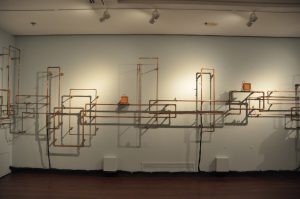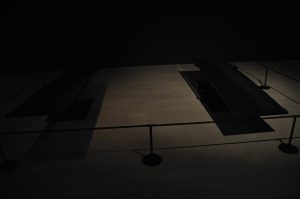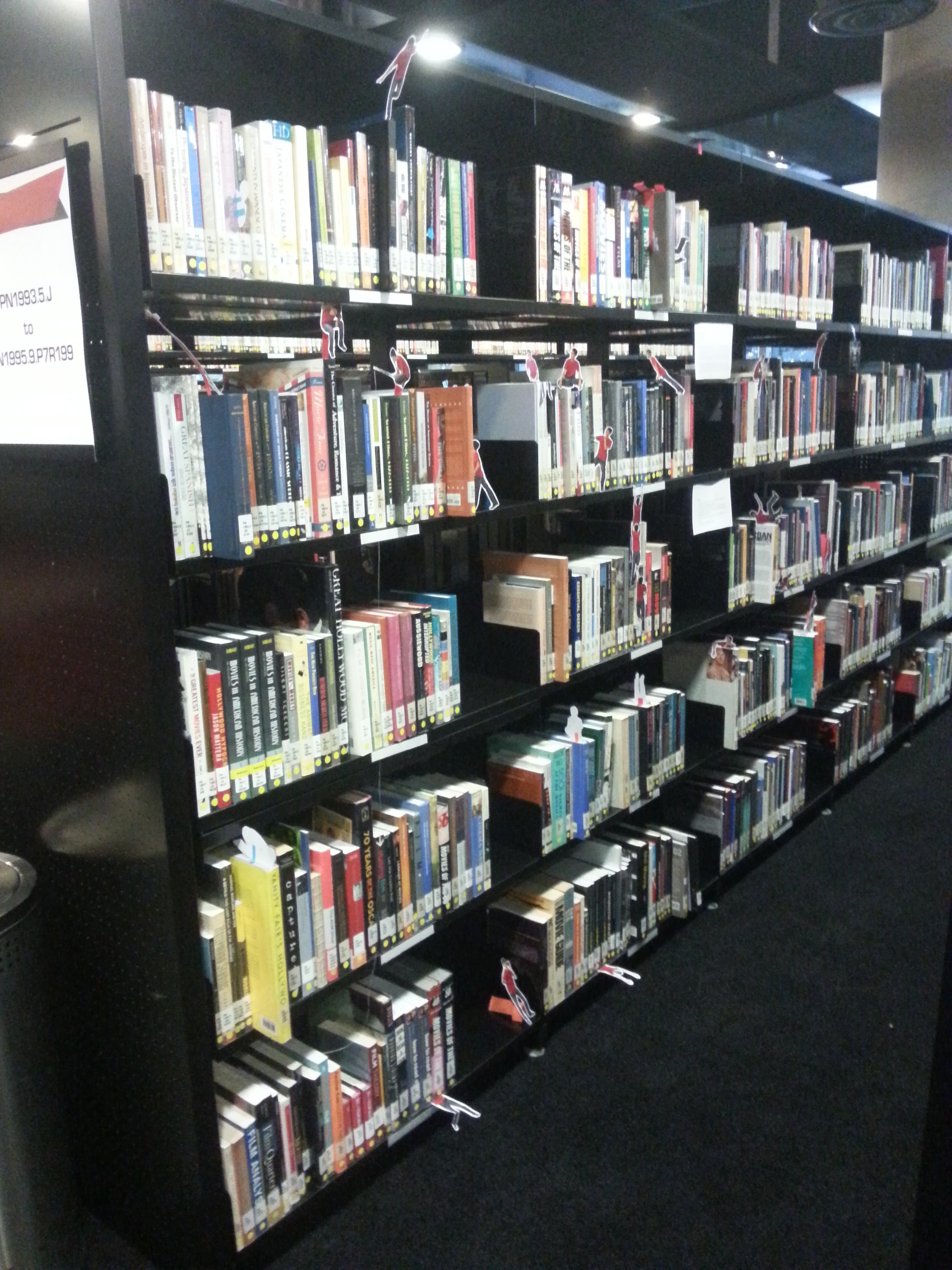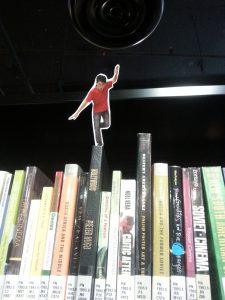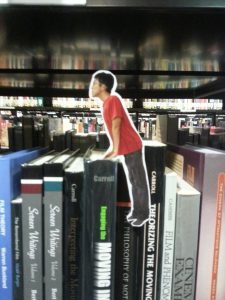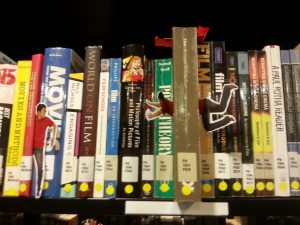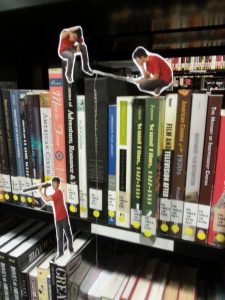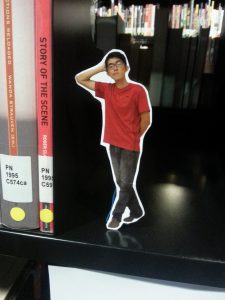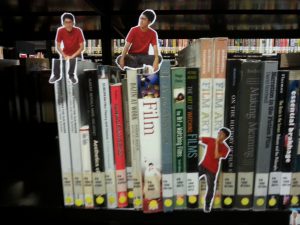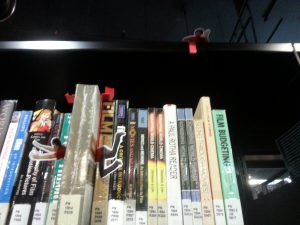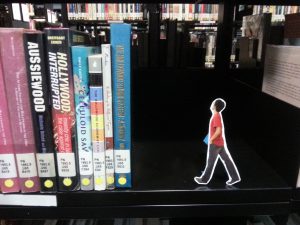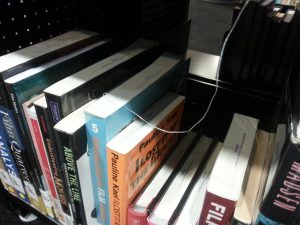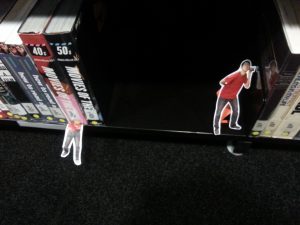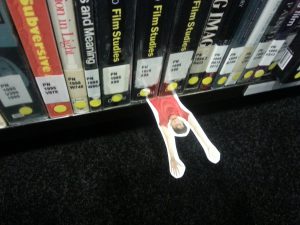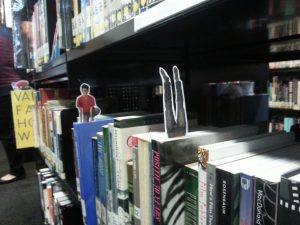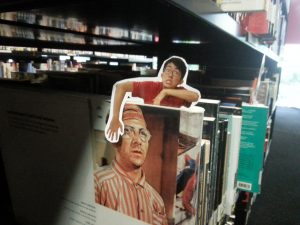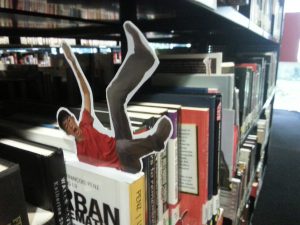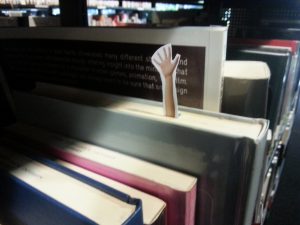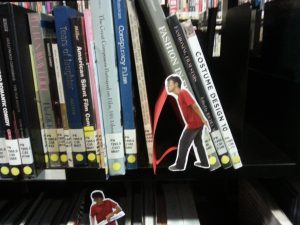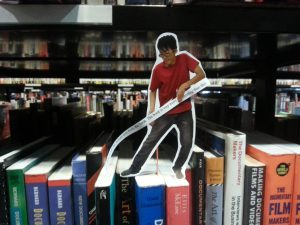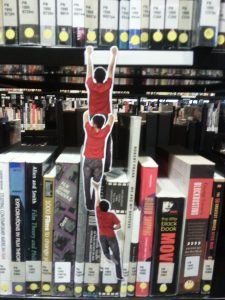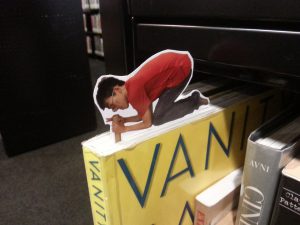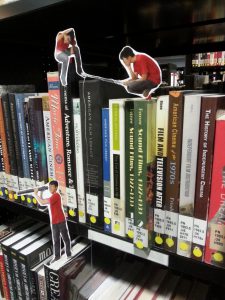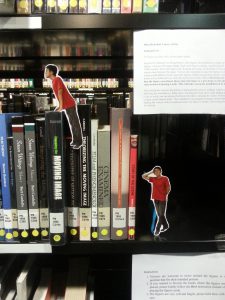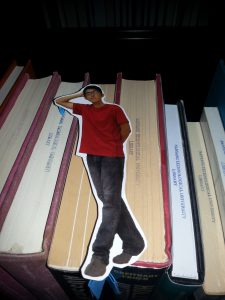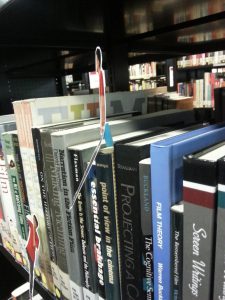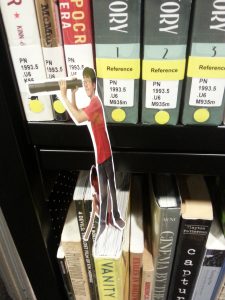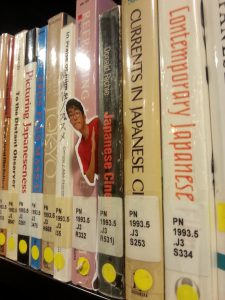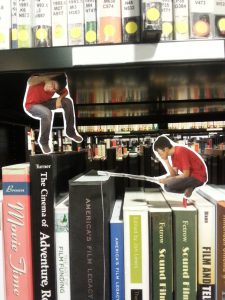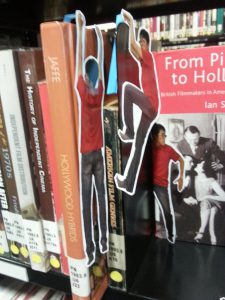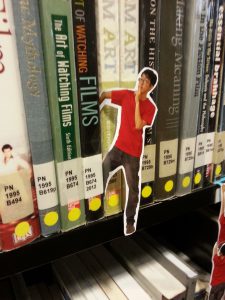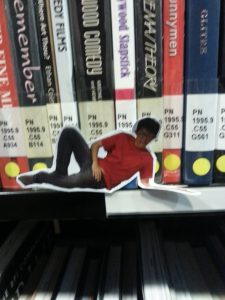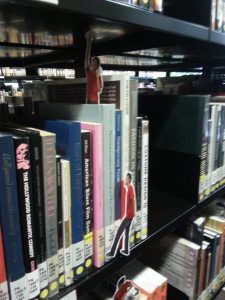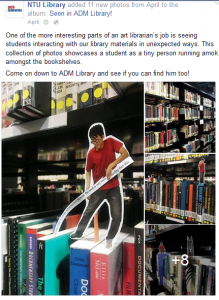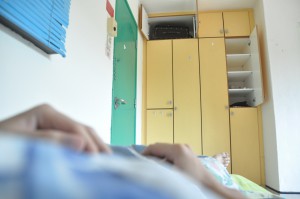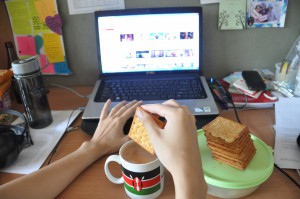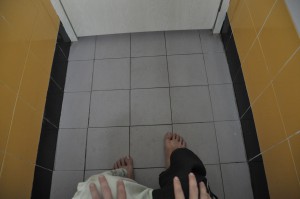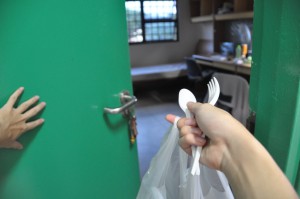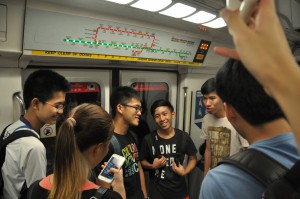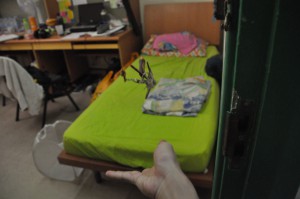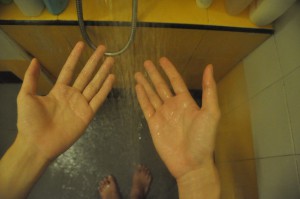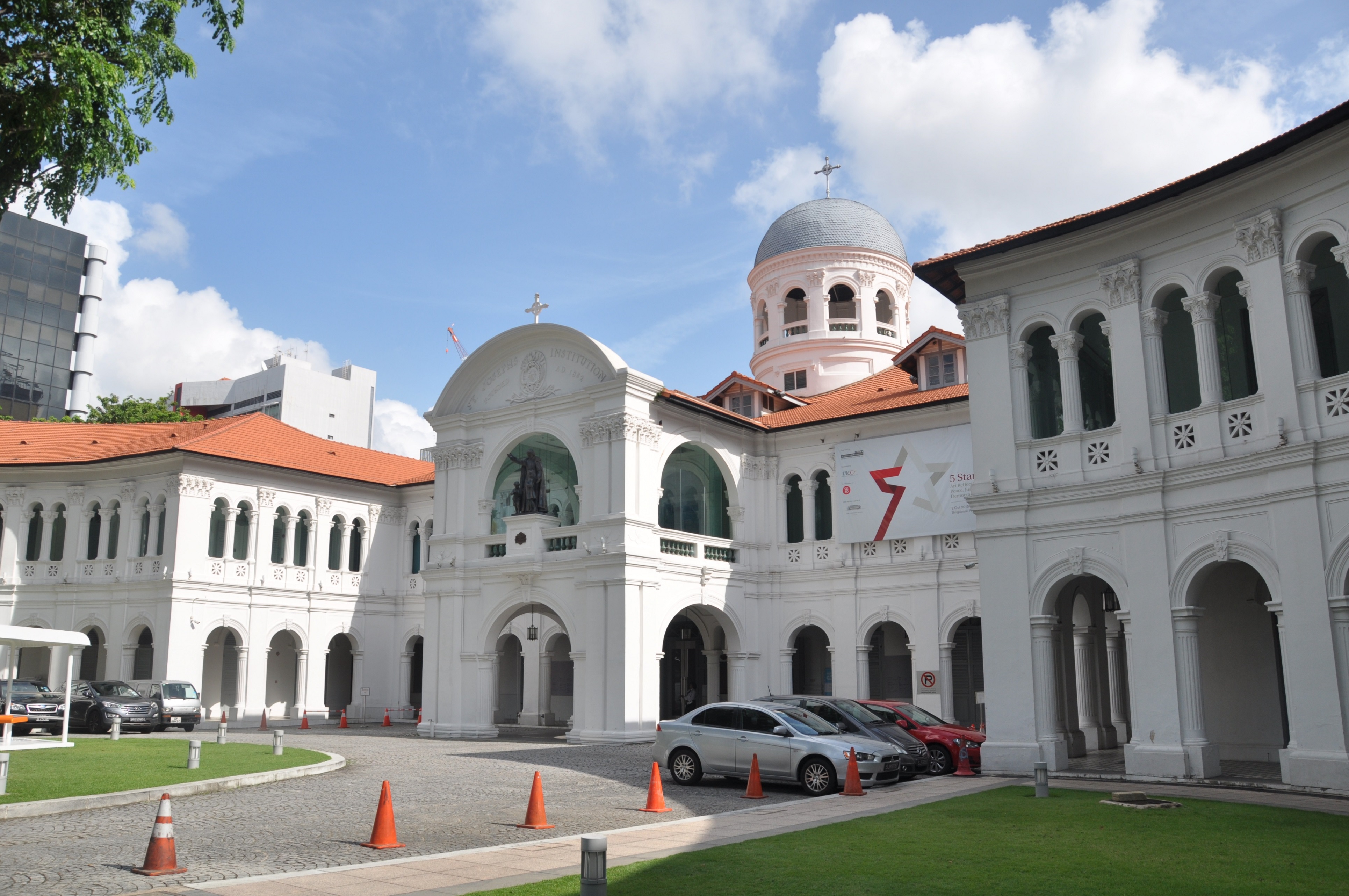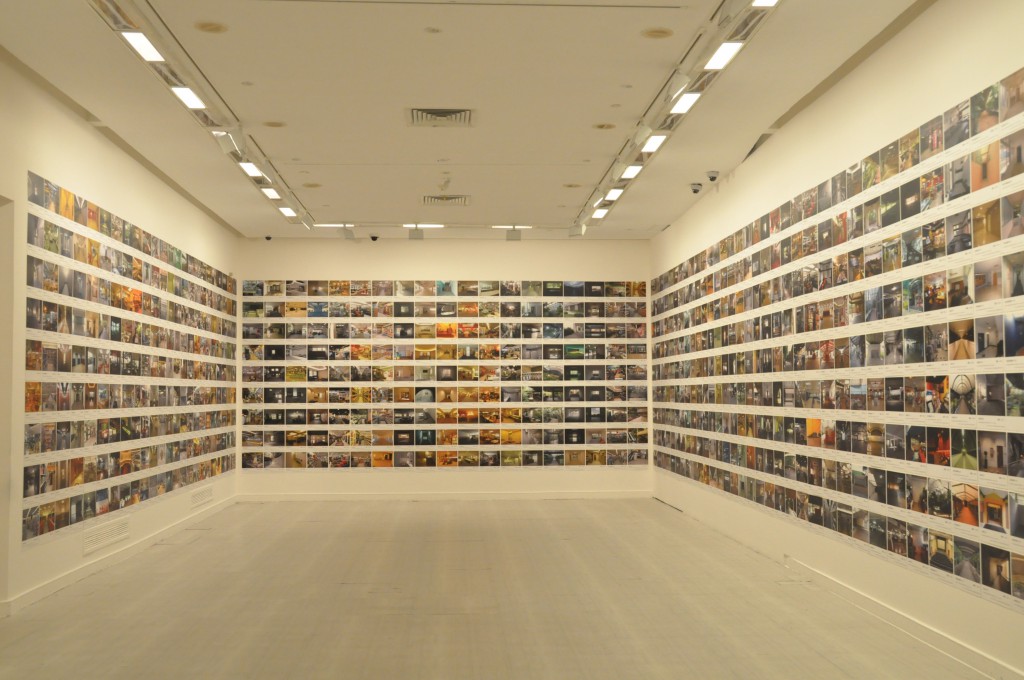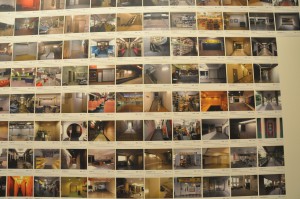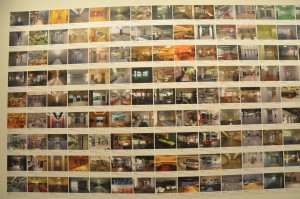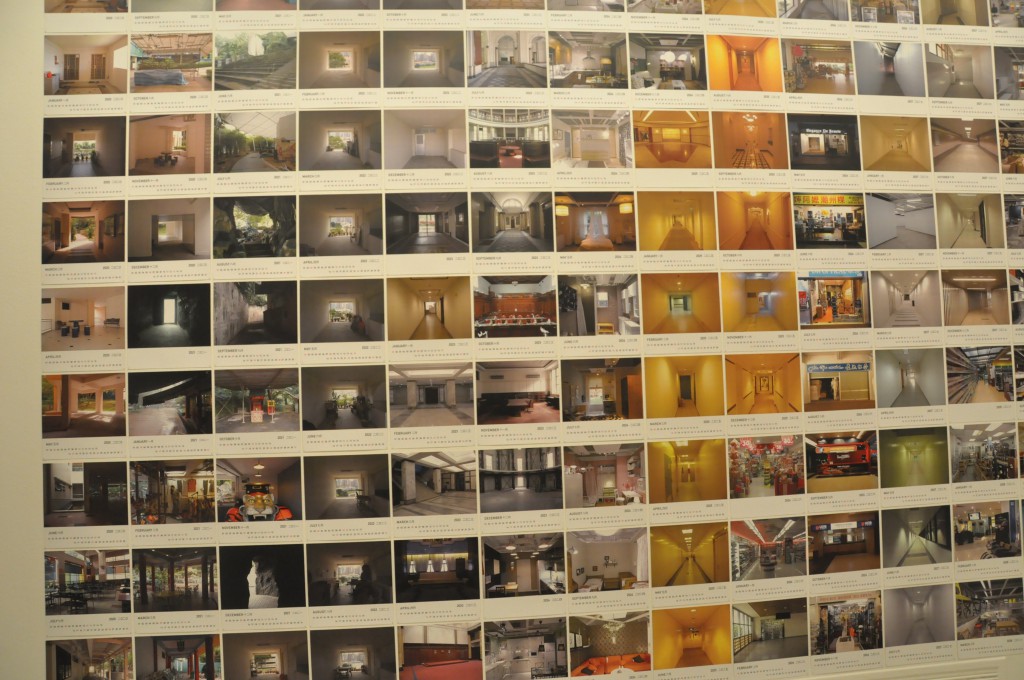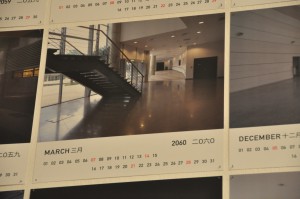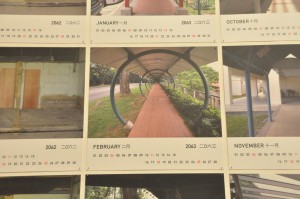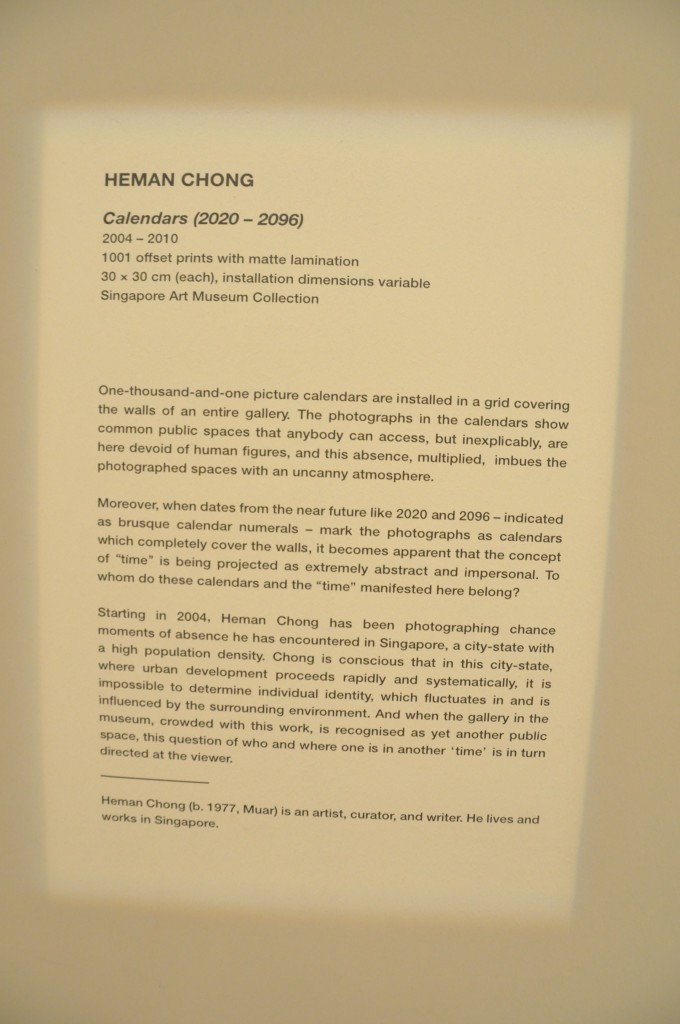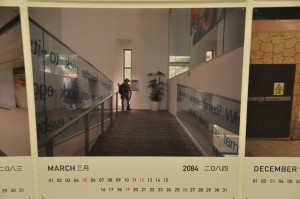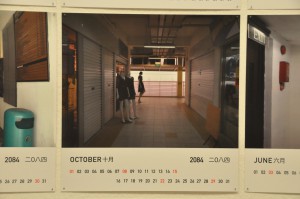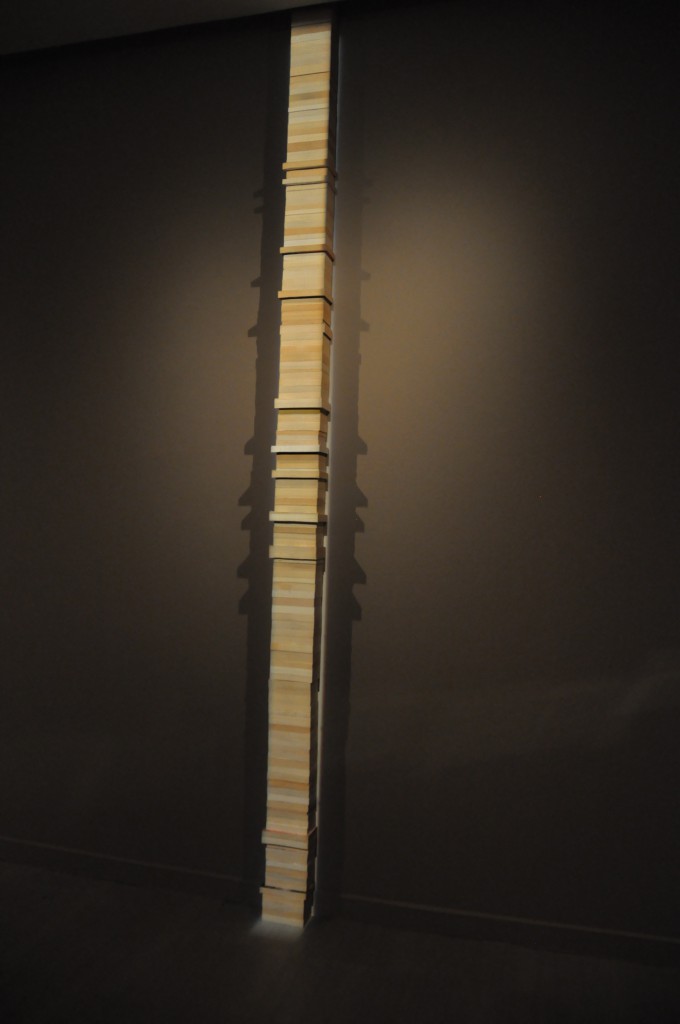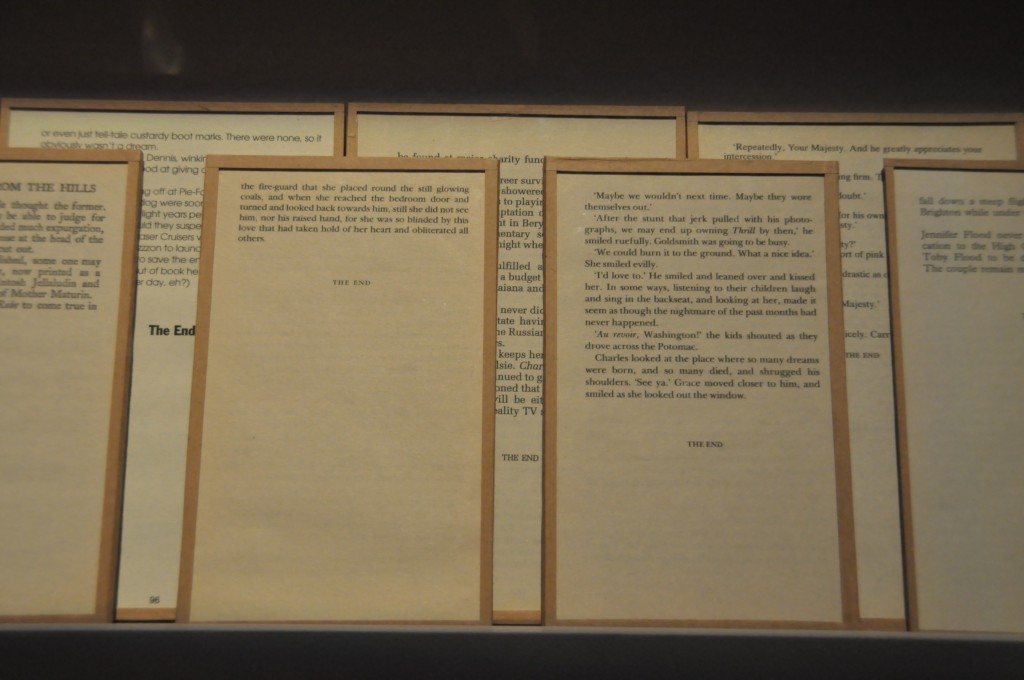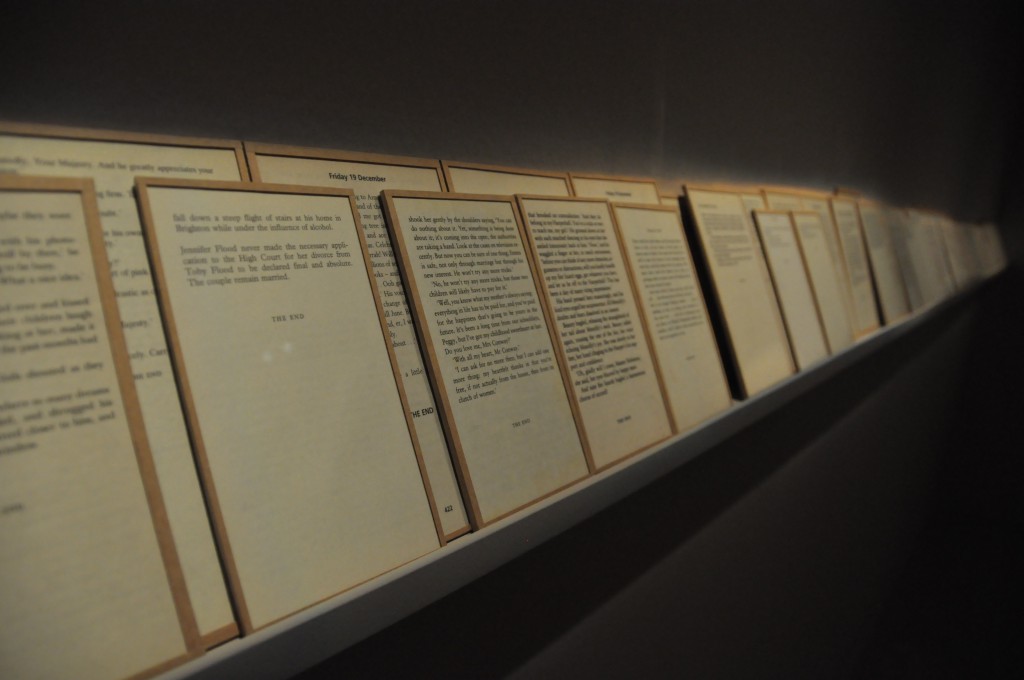Our lecturer Ms.Joy commented on my previous and quoted, “What about, then, the role of ‘tinting’ due to their own upbringing or indigenous use of colours prior to commencing on these portrait photography works? How then does this insider, or even, inside-the-insider (since this is such an introspective project) internal ‘lens’ guide you in your compositions and/or colour usage? “. In Japanese photography painting, there was Felice Beato who expressed his view as a foreigner in Japan, and there were Kimbei and Enami who defined their works as a local. Their difference in nationality shaped a contrast of presentation in their works. Now, the country is myself, and I’m the ghost slash resident of my body. Therefore, you are able to see how the following work can be differentiate as how others see me, and how I see myself. Disclaimer: For those who didn’t read through the visual journal scans in the previous post, here’s a recap and elaboration of my concept. Sit tight, it’s going to be a long ride.
There’s always something on my face as it signifies my current commonness in the world. I’m nobody yet, I’ve not construct a final form, a true self to face the world. But I’m the lead character of the following frames, therefore the objects can be eye-catching to the viewers and leave an impression. Plus, it covers my face, so my actions speak the loudest.
ME
 ADAPTABLE: I am adaptable, which I am proud of in terms of changing living location. Growing up in a hostel since secondary school, like everyone else, I developed a self disciplinary adjustment to suit myself in strange environment. Well, of course Singaporean post-army are trained better. (Explanation of each frame’s composition.)
ADAPTABLE: I am adaptable, which I am proud of in terms of changing living location. Growing up in a hostel since secondary school, like everyone else, I developed a self disciplinary adjustment to suit myself in strange environment. Well, of course Singaporean post-army are trained better. (Explanation of each frame’s composition.)
- However, I never like to be put into strange environments, so is anyone. When I first arrived Singapore, I haven’t met any friends from either local or my home country. I don’t like to be alone, especially being at somewhere I don’t know yet. The RED ORANGE bench signifies a new community breed in the complementary BLUE, an insecure faith that can be either exciting or disappointing place. I am sitting awkwardly on the bench, in YELLOW ORANGE, unable to fit in yet as I am slightly different from the new community.
- Sometimes, I can be desperate to resolve my loneliness. I need someone to deal with the new life with me. But, usually, it doesn’t always go the way I want. The BLUE VIOLET dominated the whole environment and appeared to be darker than the previous frame. The ORANGE bench changed lighter in hue but the darker environment signifies a worsen situation I am in. A YELLOW me is trying to optimize my attitude towards the surrounding. Usually, my optimistic view takes time to construct. A really long time.
- My own color changed along the color wheel, indicating my change to be a better adapter as well. The environment turned VIOLET as it can be worsen or improved depending on my own perspective. The bench turned YELLOW ORANGE, offering a YELLOW GREEN me, an newly independent being a chance to settle in it.
+
 STUBBORN: I am stubborn sometimes, and always uses my own ways to complete certain task. Usually trapped by my own opinions and thoughts, my overthinking is so imaginative, it can be write down onto a script. I’m currently not flexible enough to go further as I am still letting my emotions to control many aspects in my life instead of my logic. After adapting the environment, which turned GREEN as it became ideal and comfortable, the ORANGE me is in a vibrant satisfaction, (As you can see through the tinting.) does not let go of the VIOLET bench, the past and old things I found favorable.
STUBBORN: I am stubborn sometimes, and always uses my own ways to complete certain task. Usually trapped by my own opinions and thoughts, my overthinking is so imaginative, it can be write down onto a script. I’m currently not flexible enough to go further as I am still letting my emotions to control many aspects in my life instead of my logic. After adapting the environment, which turned GREEN as it became ideal and comfortable, the ORANGE me is in a vibrant satisfaction, (As you can see through the tinting.) does not let go of the VIOLET bench, the past and old things I found favorable.
=
 ME: One lucky sonofagun that managed to survive with a conformist attitude because he met great human beings throughout his life who help him through his worst moments. I’ve met so many great people that most of my life owe a great debt to them. My family, friends, ex-crushes, teachers, you name it. I caused most of my downs in my life but it was them who pushed and advanced me to a better place. The color changes in the frames are following the TETRAD order in the color wheel. The VIOLET background signifies my immense in my own favorites and my RED friend is the driving element for me to shift from the safe GREEN bench another environment. As the for the last frame, the BLUE background foreshadows my arrival to another strange environment.
ME: One lucky sonofagun that managed to survive with a conformist attitude because he met great human beings throughout his life who help him through his worst moments. I’ve met so many great people that most of my life owe a great debt to them. My family, friends, ex-crushes, teachers, you name it. I caused most of my downs in my life but it was them who pushed and advanced me to a better place. The color changes in the frames are following the TETRAD order in the color wheel. The VIOLET background signifies my immense in my own favorites and my RED friend is the driving element for me to shift from the safe GREEN bench another environment. As the for the last frame, the BLUE background foreshadows my arrival to another strange environment.
BETTER ME

THOUGHTFUL: The painting used was my sister’s (www.sijieloo.com) painting Listening to the Orishas, acrylic on canvas. 36×36″. I regarded myself being not as thoughtful as a member of a society should be. I’m only thoughtful towards the categories I’m interested in. So thoughtful is the trait that makes me a better person, for the ones I love, and the ones who love me. Staring at an empty canvas with rich expression and thoughts projecting in the back of my head is how I wanted to express this personality. The mundane GREEN was lightened up by my thoughts and the VIOLET hue hinted inspiration possessed by me in a trustworthy BLUE shirt.
minus

PROCRASTINATE: I tend to do this a lot. By removing it, I can achieve more, be what I want and do what’s necessary for my better future, before giving myself too many excuses. In the frames, my enjoyments in the serene BLUE was taken away within the change of TRIAD colors. The pen is my necessities to advance forward in a climatic energized RED.
=
 BETTER ME: An anti-conformist. I was pulled away by responsibilities (The pen.) in an analogous colored path. I painted myself in BLUE as it doesn’t fit in the color set, meaning I won’t be settling down until I achieved what I want.
BETTER ME: An anti-conformist. I was pulled away by responsibilities (The pen.) in an analogous colored path. I painted myself in BLUE as it doesn’t fit in the color set, meaning I won’t be settling down until I achieved what I want.
IDEAL ME
 CREATIVE: As a wannabe creator or rather an artist, creativity is one of the things I craved the most. The ideal me will constantly be able to see the world in many perspectives and always think out of the box. Creativity is so abstract that it can’t be obtained instantly, but to gain through training and gaining knowledge. The BROWN box is a discordance to the purple analogous series starting from BLUE VIOLET to RED VIOLET. Yet a BLUE GREEN umbrella appears to harmonized the frame by forming a TRIAD, symbolizing my ideal flexibility within being creative. Without it, there will be stubbornness.
CREATIVE: As a wannabe creator or rather an artist, creativity is one of the things I craved the most. The ideal me will constantly be able to see the world in many perspectives and always think out of the box. Creativity is so abstract that it can’t be obtained instantly, but to gain through training and gaining knowledge. The BROWN box is a discordance to the purple analogous series starting from BLUE VIOLET to RED VIOLET. Yet a BLUE GREEN umbrella appears to harmonized the frame by forming a TRIAD, symbolizing my ideal flexibility within being creative. Without it, there will be stubbornness.
x

EXPERIENCED: An ideal me should always be prepared for any circumstances, be resourceful and thoughtful while meeting certain problems. This might take a long time to achieve as experience varies with time, but comparatively we are wiser everyday. It’s not necessary to boost my experiences instantly, but the more of it the more I can advanced. The color of wisdom BLUE VIOLET is painted on the umbrella, protecting the ideal me through the rest of the TETRAD color as they advanced from a safer minor GREEN obstacle to greater influential YELLOW ORANGE and finally to an intense obstacle colorized as RED.
=
 UNIQUE: Perhaps an ideal me is a unique being. Recognized by all and ignored by none, or maybe on the contrary? Perhaps an ideal me can stand out from the crowd being unique for being extraordinary, for what I am? What I do? Or, What I left? The idea of that expressed with me in a creative RED VIOLET, still be able to stand within the COMPLEMENTARY YELLOW GREEN, with the previous items remaining the same for continuity.
UNIQUE: Perhaps an ideal me is a unique being. Recognized by all and ignored by none, or maybe on the contrary? Perhaps an ideal me can stand out from the crowd being unique for being extraordinary, for what I am? What I do? Or, What I left? The idea of that expressed with me in a creative RED VIOLET, still be able to stand within the COMPLEMENTARY YELLOW GREEN, with the previous items remaining the same for continuity.
ME IN 5 YEARS
Here’s the part where I was inspired by Edward Hopper’s walls that restrict his paintings’ characters.
 minus STUBBORN: Me in 5 years is an ambiguous stage. Who knows? Maybe I removed my stubbornness, letting go what I’ve been desired for too much, embracing what I was given. DARK YELLOW GREEN wall as my spiritual obstacle, BLUE GREEN pants signifies my freedom, an ORANGE me embracing the sky without restrictions.
minus STUBBORN: Me in 5 years is an ambiguous stage. Who knows? Maybe I removed my stubbornness, letting go what I’ve been desired for too much, embracing what I was given. DARK YELLOW GREEN wall as my spiritual obstacle, BLUE GREEN pants signifies my freedom, an ORANGE me embracing the sky without restrictions.
+
 SKILLED: Perhaps after 5 years of learning from the great people around me, I potentially surpass the teachings and be skilled enough to challenge the vast world. My color painting ends when the ME IN 5 YEARS left the window, as nothing can define myself who’s in the outside world.
SKILLED: Perhaps after 5 years of learning from the great people around me, I potentially surpass the teachings and be skilled enough to challenge the vast world. My color painting ends when the ME IN 5 YEARS left the window, as nothing can define myself who’s in the outside world.
=
 ME IN FIVE YEARS: There will be infinite possibilities occurring on me, maybe going up, maybe tumbling down. These possibilities are determined by, as I fly through the sky (outside world) with different colored wings. (Many version of myself. Sounds poetic?)
ME IN FIVE YEARS: There will be infinite possibilities occurring on me, maybe going up, maybe tumbling down. These possibilities are determined by, as I fly through the sky (outside world) with different colored wings. (Many version of myself. Sounds poetic?)
[To be continued…..]
